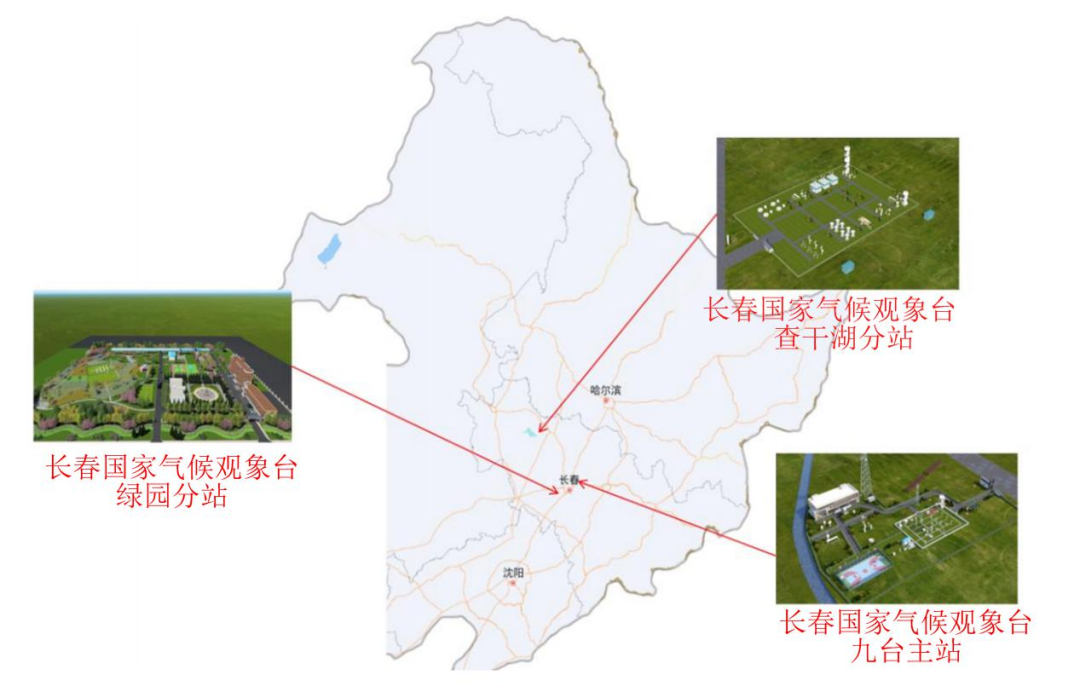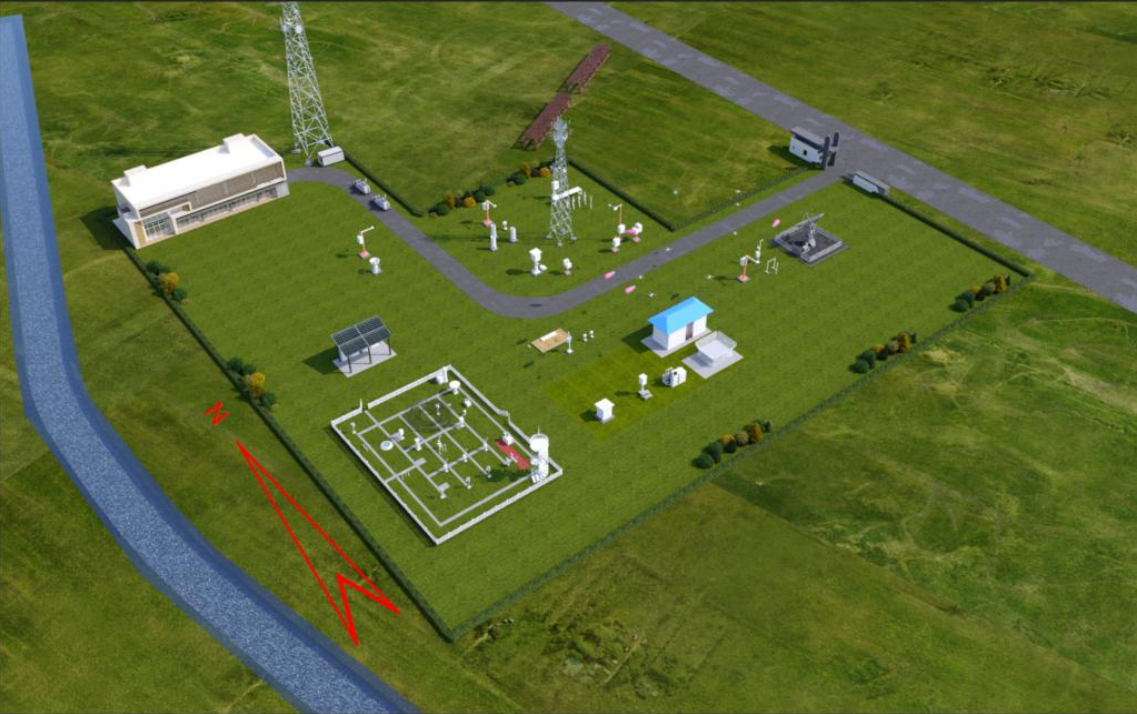Official Announcement! A National Project to Be Established in Changchun
Recently, with the approval of the China Meteorological Administration, Changchun in Jilin Province and Gele Mountain in Chongqing will establish national climate observatories to further enhance multi-layer observation capabilities of the climate system and promote technological innovation and collaboration.
On October 20, the establishment of the Changchun National Climate Observatory was officially approved. This will fill a gap in Jilin Province's role in the national climate observation system.
It has 2.53 million hectares of black soil under conservation tillage, and the Chagan Lake, which accounts for more than 10% of China's total wetland area. Jilin is an important agricultural province and a major grain-producing base in China. It is also a core area for the formation and development of the Northeast Cold Vortex.
Currently, there are three national climate observatories in Northeast China, focusing on forest ecology, wetland ecology and marine meteorology, and grassland ecology and animal husbandry observations, respectively. The Changchun National Climate Observatory will be dedicated to observing the climate of plains and large cities, black soil and mountainous forest areas, and wetland ecosystems. It aims to leverage Changchun's comprehensive observation capabilities to support regional development and national strategies.
The establishment of the Changchun National Climate Observatory will not only fill the gap in climate observations in the Songliao region and enhance its climate risk resilience, but also provide a reliable data foundation. This data will support safeguarding the 'black soil granary', improving the precision of weather modification operations, grasping climate trends in the river basin, optimizing energy transformation, and ensuring smooth transport operations in Northeast Asia. It will also provide scientific and technological support for safeguarding China's security in terms of national defense, food, ecology, energy, and industry.

As an important component of China's meteorological monitoring network, the Changchun National Climate Observatory will adhere to the overall goal of "serving the nation, supporting regional development, and advancing operation upgrades". It will adopt a "one main station, three sites, and multiple points" construction approach to form a collaborative observation network covering urban, farmland, wetland, and forest ecosystems. Among them, the Jiutai National Basic Meteorological Station represents the climate characteristics of Northeast China's black soil and mountainous forest areas, the Changchun National Reference Climatological Station represents the climate characteristics of plains and large cities, and the Songyuan Chagan Lake Ecological Meteorological Observation Station represents the climate characteristics of water bodies and wetlands. Centered on the "one main station and three sites" model, the network will extend to multiple surrounding observation points within a radius of nearly 100 kilometers, representing the surface cover types of key observation areas in the regional climate system.
According to the plan, the Changchun National Climate Observatory will be implemented in phases from 2025 to 2030, with a focus on building three observation bases (Jiutai main station, Lvyuan sub-station, and Chagan Lake sub-station) to establish a comprehensive observation system and research platform. Research-oriented operations will cover climate change, ecosystem coordination mechanisms, black soil protection and food security, and the Northeast Cold Vortex. Furthermore, the observatory will cooperate with domestic and international universities and research institutes to jointly build a shared climate observation and research center, and will leverage the resources of century-old meteorological stations to develop an innovative talent cultivation system integrating scientific research, education, and public science outreach.

Schematic Diagram of the Construction of Changchun National Climate Observatory , Photo Courtesy of Jilin Provincial Meteorological Administration
Source: Changchun Release, China Meteorological Administration Editor: Liu Jiadi



